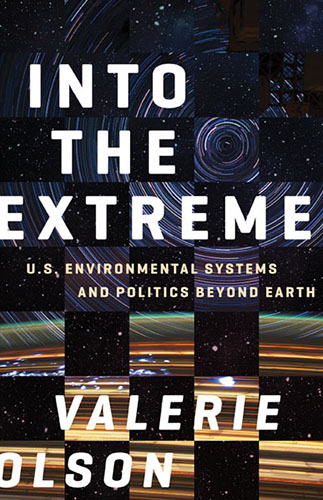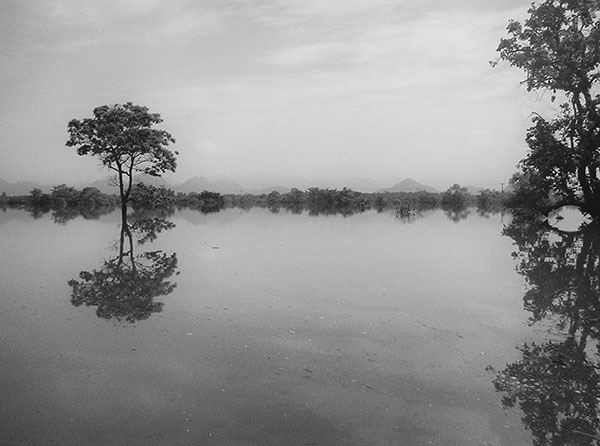How does a platypus taste? About the flavours of STS at 4S Sydney, 2018
The 2018 meeting of the Society for the Social Studies of Science (4S), was held from August 29th to September 1st, (mostly) in the International Conference Center (ICC) in Sydney, Australia, and was dedicated to the theme of TRANSnational STS. As Kim Fortun, the current president of the society, asked: What, How and Why TRANS? This four-day event, itself made of so many sub-events, was convened for in the Southern Hemisphere for the second time ever (the first was Buenos Aires back in 2014); it was also the second time the meeting was held in the Asia-Pacific Region (after Tokyo, in 2010). As its theme and location demonstrate, the annual 4S conference and the organizing society itself have been undergoing a transformation to include a more global community. Nevertheless, this does not necessarily mean that STS itself is becoming globalized. As 4S 2018 revealed, this international expansion is part of (read more...)




